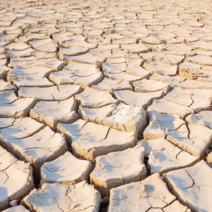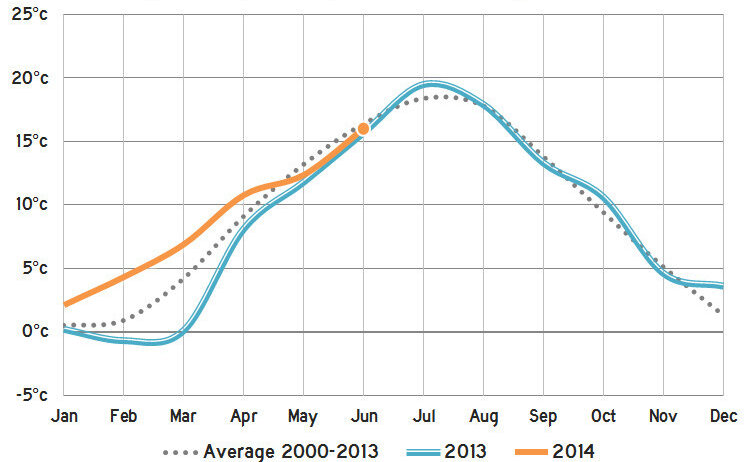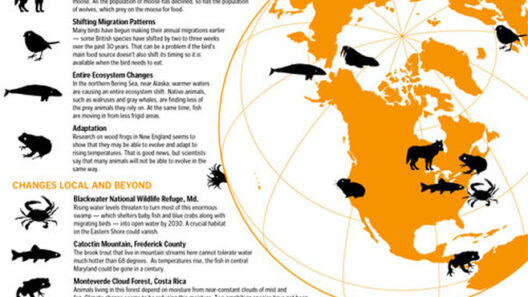What Is the Climate in Germany? Seasons and Surprises
Germany’s climate is an intricate tapestry, woven together by various meteorological phenomena. As one traverses the country, they may wonder, “What truly characterizes the climate here?” This question lays the foundation for understanding not only the weather patterns but also the environmental challenges that Germany faces. With its temperate seasonal climate, Germany presents a variety of experiences, from vibrant springs to snowy winters, but in recent years, climate change has thrown some surprises into the mix.
The New Challenge of Climate Change
Climate change is now a ubiquitous dialogue, challenging our perception of traditional norms. In Germany, this has manifested through increasingly unpredictable weather patterns. With climate change pouring some uncertainty into the classic German seasons, it has become essential to track and adapt to these changes. What measures are being taken to understand this phenomenon, and how do they affect everyday life? This is the crux of an ongoing Environmental inquiry.
Four Distinct Seasons: A Closer Look
Germany boasts four distinct seasons: spring, summer, autumn, and winter. Each of these seasons comes with its own set of characteristics that shape not just the environment but also the cultural ethos of the nation.
Spring: A Symphony of Rebirth
Spring in Germany generally breathes life back into the landscape from the slumber of winter. It typically spans from March to May. During these months, the weather transitions from the cold grip of winter to the mild embrace of warmer days. The flora begins to bloom, with cherry blossoms and tulips painting the gardens in myriad colors. Average temperatures range from 8°C to 15°C, offering a refreshing relief.
However, one may ask: how does climate change influence the arrival of spring? In some areas, blooms now arrive weeks earlier than they did in previous decades, wreaking havoc on local ecosystems. It poses a challenge for bees and other pollinators that rely on synchronized blooming for sustenance.
Summer: The Heat Wave Dilemma
As spring gives way to summer (June to August), Germany often experiences higher temperatures, averaging between 20°C and 30°C. The long days invite outdoor gatherings, festivals, and an exhilarating atmosphere. However, summer is not without its challenges. Heatwaves have become more common in recent years, prompting discussions around energy consumption, water scarcity, and public health.
Could Germans adapt to a future where summer is defined not just by sun-kissed days but also by soaring temperatures and droughts? This question looms large as the nation grapples with implications for agriculture and water management.
Autumn: A Feast for the Eyes
From September to November, autumn graces Germany with its breathtaking foliage, painting landscapes in hues of orange, yellow, and red. The temperatures cool down again, ranging between 8°C to 15°C, and the harvest season brings about a cornucopia of local produce. Oktoberfest and wine festivals showcase the best of German culture during this time.
But let us not forget the pressing question: how does a warming climate affect the agricultural bounty of this picturesque season? Changes in rainfall patterns and an increase in pests threaten the stability of crops, presenting a burgeoning challenge for farmers.
Winter: A Wonderland with a Twist
Winter, from December to February, is often imagined as a European wonderland. Snow blankets the countryside and city squares, offering picturesque scenery and winter sports opportunities. However, average temperatures can drop to below freezing, and the landscape can be deceptive as warmth from climate change occasionally disrupts the winter norm.
Will winter as the world knows it disappear altogether? With milder winters becoming the new standard, this presents complications for the ecosystems that depend on a cold season for survival, as well as the winter tourism industry.
Facing the Future: Adaptation and Resilience
Germany is not just waiting for climate change to present more challenges; it is actively seeking solutions. Investments in renewable energy and sustainability reflect a growing awareness of the need to be proactive. The nation’s commitment to reducing carbon emissions marks a pivotal moment in global environmental advocacy.
Yet, can sustainable practices and innovations keep pace with the rapid changes of climate dynamics? This is the challenge that lies ahead, inviting a collective response from citizens, businesses, and policymakers alike.
Conclusion: A Climate of Consciousness
The climate in Germany is undoubtedly complex, influenced not only by the natural seasons but also by the looming specter of climate change. As citizens face an evolving landscape rife with surprises, they are encouraged to foster a climate of consciousness. When armed with knowledge and proactive measures, individuals can rise to meet these challenges head-on. Whether through changes in personal behavior, advocacy, or supporting sustainable initiatives, the path forward depends on a collective understanding of the environment and a commitment to its stewardship.








